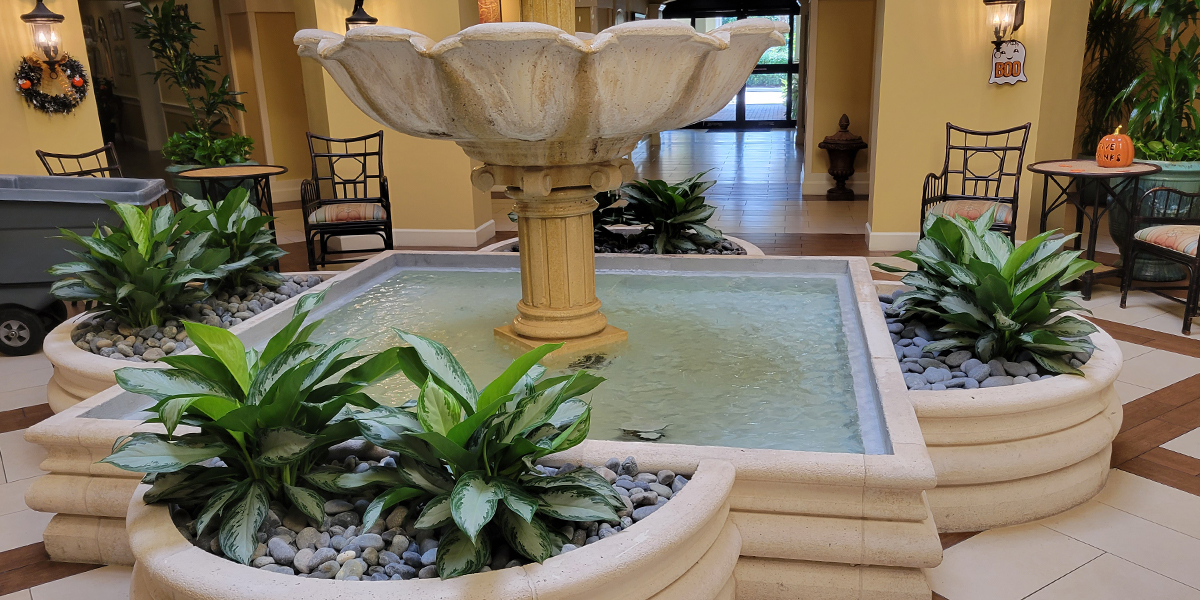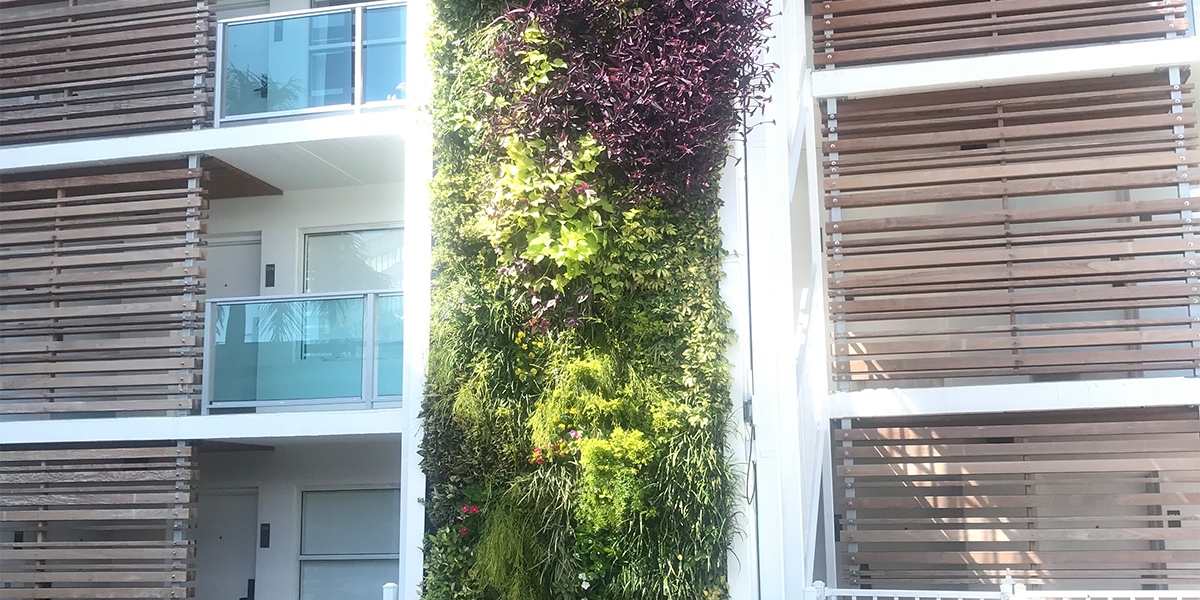Biophilic Design in Contemporary Buildings
Biophilic design is a concept in modern design architecture that focuses on integrating natural elements and processes into the physical building to create healthier and more productive spaces for people.

History of Biophilic Design
Biophilic design emerged as a response to urbanization and the disconnect between humans and nature in modern environments. Rooted in the biophilia hypothesis proposed by biologist E.O. Wilson in the 1980s, it posits that humans have an innate connection and affinity for nature.
The concept gained traction in architecture during the late 20th century as designers sought ways to integrate natural elements into built environments. Early proponents like Stephen Kellert and Judith Heerwagen further developed the idea, emphasizing the health, psychological, and productivity benefits of incorporating nature into buildings. Since then, biophilic design has evolved from a niche concept to a mainstream architectural approach, influencing everything from building materials and layouts to urban planning strategies. Today, it continues to inspire sustainable and human-centered design solutions that prioritize both environmental stewardship and human well-being.
This article will explore the role of biophilic design, its role and its importance:
- Connection with Nature: Biophilic design aims to reconnect people with the natural world, which is increasingly important in urbanized settings where access to nature can be limited. It incorporates natural materials, patterns, and forms into buildings to infuse the presence of nature.
- Health and Well-being: There is growing evidence that exposure to nature and natural elements has positive effects on human health and well-being. Biophilic design can reduce stress, enhance cognitive function, and improve mood and creativity among building occupants.
- Environmental Sustainability: Biophilic design can reduce buildings’ environmental impact by incorporating natural elements. It encourages the use of sustainable materials and strategies that mimic natural processes to promote energy efficiency and reduce resource consumption.
- Design Elements: Natural light is a key element, as it not only reduces energy use but also enhances the indoor environment. Indoor plants and living walls improve air quality and aesthetic appeal. Water features can provide visual and auditory connections to nature. Natural materials such as wood, stone, and organic textiles create a sense of warmth and connection to the natural environment.
- Productivity and Creativity: Biophilic design can enhance productivity and creativity in workplaces by creating environments that reduce stress and increase focus. It encourages spaces that support various work modes, from collaboration to contemplation.
- Future Directions: As urbanization continues, biophilic design is likely to become more integral to urban planning and architecture. Innovations in technology and materials will enable even more creative and sustainable applications of biophilic principles. One of the fastest growing trends in biophilic design is living walls and green roof systems, which help to reduce the urban heat island effect.
Biophilic Design and Plant Leasing
Biophilic design represents a shift towards more sustainable, human-centered architectural spaces that prioritize the well-being of occupants while minimizing environmental impact. It creates aesthetically pleasing spaces that foster healthier and more productive environments.
How can property owners and managers make the right plant selections for their specific building design? Plant leasing services are a fantastic way to partner with expert botanists and horticulturalists to create stunning biophilic designs in your offices, restaurants, or medical facilities. A professional plant leasing company will work with you to choose the best plants and trees for your floor plan, branding, and budget. Once a design is drawn up and the plants are chosen, the team at Tropex will install your plants and provide ongoing maintenance to ensure the plants thrive.
Tropex is the Sarasota area’s premier plant leasing company, offering full-service options that take your property from concept to installation – and beyond.


